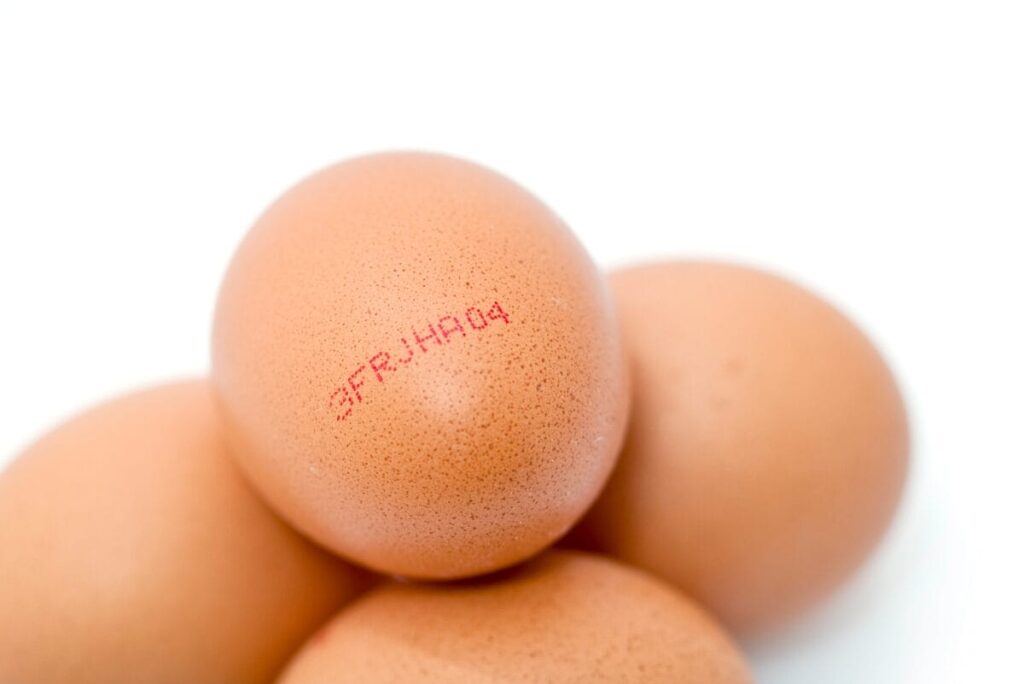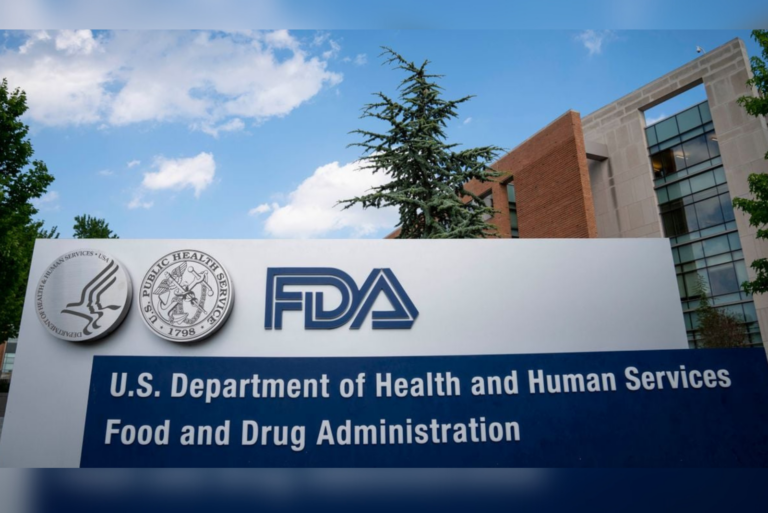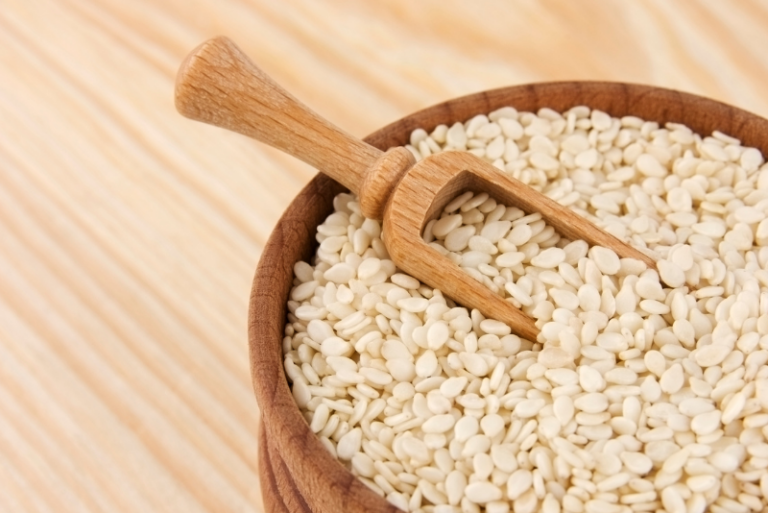KANSAS CITY, MO — Ever-present threats to food security have food manufacturers under a regulatory microscope, the intensity of which is only expected to increase. The compliance date for the last of the series of FSMA regulations — often referred to as FSMA Rule 204 or the Food Traceability Rule — is Jan. 20, 2026. While that may seem a long way off, food safety regulation experts advise commercial bakers to start preparing now.
The primary goal of FSMA Rule 204 is to speed up the identification and removal of contaminated food from the supply chain. The rule requires companies that manufacture, process, pack or hold foods included in the FDA’s Food Traceability List (FTL) to keep additional records beyond current regulations. The data must be stored for 24 months and made available to the FDA within 24 hours upon request.










